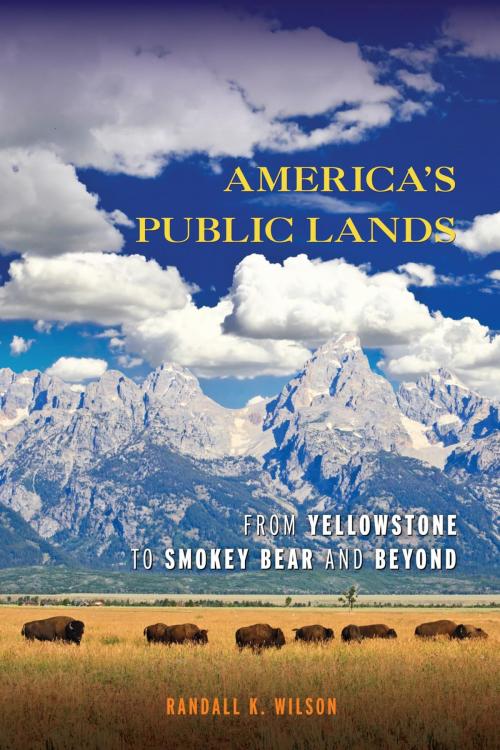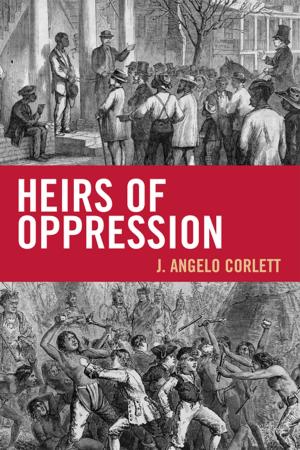America's Public Lands
From Yellowstone to Smokey Bear and Beyond
Nonfiction, Science & Nature, Nature, Environment, Environmental Conservation & Protection, Social & Cultural Studies, Political Science, Government, History, Americas, United States| Author: | Randall K. Wilson | ISBN: | 9781442207998 |
| Publisher: | Rowman & Littlefield Publishers | Publication: | April 18, 2014 |
| Imprint: | Rowman & Littlefield Publishers | Language: | English |
| Author: | Randall K. Wilson |
| ISBN: | 9781442207998 |
| Publisher: | Rowman & Littlefield Publishers |
| Publication: | April 18, 2014 |
| Imprint: | Rowman & Littlefield Publishers |
| Language: | English |
How is it that the United States—the country that cherishes the ideal of private property more than any other in the world—has chosen to set aside nearly one-third of its territory as public lands? Considering this intriguing question, Randall K. Wilson traces the often-forgotten ideas of nature that have shaped the evolution of America’s public land system. The result is a fresh and probing account of the most pressing policy and management challenges facing national parks, forests, rangelands, and wildlife refuges today.
The author explores the dramatic story of the origins of the public domain, including the century-long push toward privatization and the subsequent emergence of a national conservation ideal. Arguing that we cannot fully understand one type of public land without understanding its relation to the rest of the system, he provides in-depth accounts of the different types of public lands. Including chapters on national parks, national forests, wildlife refuges, Bureau of Land Management lands, and wilderness areas, Wilson examines key turning points and major policy debates for each land type. He considers questions of bison and elk management and recent disputes over fire policy, roadless areas, mining claims, and grazing fees. This comprehensive overview offers a chance to rethink our relationship with America’s public lands, including what it says about the way we relate to, and value, nature in the United States.
How is it that the United States—the country that cherishes the ideal of private property more than any other in the world—has chosen to set aside nearly one-third of its territory as public lands? Considering this intriguing question, Randall K. Wilson traces the often-forgotten ideas of nature that have shaped the evolution of America’s public land system. The result is a fresh and probing account of the most pressing policy and management challenges facing national parks, forests, rangelands, and wildlife refuges today.
The author explores the dramatic story of the origins of the public domain, including the century-long push toward privatization and the subsequent emergence of a national conservation ideal. Arguing that we cannot fully understand one type of public land without understanding its relation to the rest of the system, he provides in-depth accounts of the different types of public lands. Including chapters on national parks, national forests, wildlife refuges, Bureau of Land Management lands, and wilderness areas, Wilson examines key turning points and major policy debates for each land type. He considers questions of bison and elk management and recent disputes over fire policy, roadless areas, mining claims, and grazing fees. This comprehensive overview offers a chance to rethink our relationship with America’s public lands, including what it says about the way we relate to, and value, nature in the United States.















